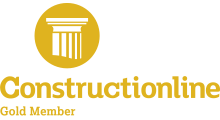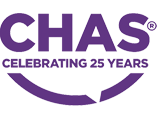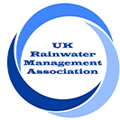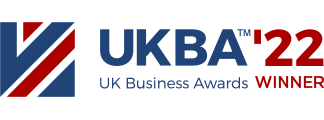A Guide to Rainwater Harvesting and ACOP L8 Compliance
18/06/25 - 4 Minute Read

18/06/25 - 4 Minute Read
As a Facilities Manager, you will be well-versed in compliance across your estate, particularly regarding legionella prevention. However, the increasing uptake of rainwater harvesting systems across the UK presents Facilities Managers with new technology to understand and manage.
While recycling rainwater is perfectly safe, the correct planned preventative measures must be in place to ensure smooth, reliable, and safe operations – all while maximising water savings and meeting ESG targets.
With over two decades of experience maintaining all types of rainwater reuse systems, we’ve seen it all. In today’s blog, we’re sharing a short guide to help you stay compliant with ACOP L8 when using rainwater harvesting systems.
We’ll provide practical, actionable tips you can easily implement within your facility management practices.
For those unfamiliar, Legionella is a type of bacteria that can grow in water systems and cause Legionnaires’ disease, a serious form of pneumonia, when inhaled via contaminated water droplets. It is essential to protect your facility users against this disease.
Potential health outcomes include:
ACOP L8 is the Approved Code of Practice and guidance on regulations concerning legionella, published by the Health and Safety Executive (HSE) in 2013.
It is aimed at duty holders, ensuring they have the correct procedures in place to identify and mitigate legionella risk. ACOP L8 is not legally mandatory, but it is strongly recommended – particularly for larger facilities. It acts as a guide for compliance with the Health and Safety at Work Act 1974 and COSHH regulations.

There are several common factors that encourage legionella growth in artificial water systems. It’s worth noting that modern rainwater reuse systems are typically designed to minimise these risks.
Risk: Legionella thrives in water temperatures between 20°C and 45°C, with optimal growth at 35°C.
Protection: Most modern systems are designed to prevent water from being stored in high points within the building, helping to maintain lower water temperatures.
Risk: Legionella can feed on sludge, scale, rust, algae, organic matter, and biofilm.
Protection: Rainwater systems are typically designed to manage sediment entering the main storage tank. However, a planned preventative maintenance regime should ensure sediment levels remain within safe limits. (See tips below.)
Risk: Dead legs are sections of pipework where water rarely or never flows.
Protection: Stormsaver-manufactured systems include automatic flushing every 24 hours to prevent standing water and eliminate dead legs.
Risk: Large volumes of stored water with limited movement can lead to stagnation.
Protection: Systems should be correctly sized to promote natural overflows and ensure continual water movement, reducing the chance of stagnation.
ACOP L8 contains two key points directly relevant to rainwater harvesting systems. Your planned preventative maintenance (PPM) schedule should cover these:
|
Area of Attention |
Intervention |
Frequency |
Further Notes |
|
Preventing sludge build-up in the rainwater harvesting storage tank. |
Regular tank cleaning. |
Every 2 years. |
Ensure this is completed by a rainwater specialist who can safely isolate the system, protect internal components, and leave the system fully operational. Include header tanks in the cleaning schedule. |
|
Protecting points of use from Legionella exposure. |
Replace the UV lamp in the UV disinfection unit. |
Annually. |
This can be carried out during one of your bi-annual service visits. |
|
Removing sludge and small particles. |
Ensure filtration is operational and cleaned as required. |
Bi-annually. |
Filtration devices should be visually checked by the Facilities Manager regularly and serviced by a rainwater harvesting specialist twice a year. |
|
Testing and sampling for Legionella. |
Legionella testing of the rainwater harvesting system. |
Every 6 months. |
On-site tests should be conducted as part of your bi-annual service visits. |
We recommend cross-referencing this guide with your current planned preventative maintenance schedule to ensure you are fully aligned with best practices for safe and compliant rainwater harvesting operations.
For more information, please visit our dedicated Maintenance and Aftercare page, where you’ll find a detailed, component-by-component breakdown of maintenance interventions and a full list of our specialist services.
Alternatively, you can contact our expert team for tailored advice and support. Get in touch here. cONTACT us
Privacy Policy Cookie Policy Site Map
Copyright © 2025 Stormsaver Ltd. All Rights Reserved.






